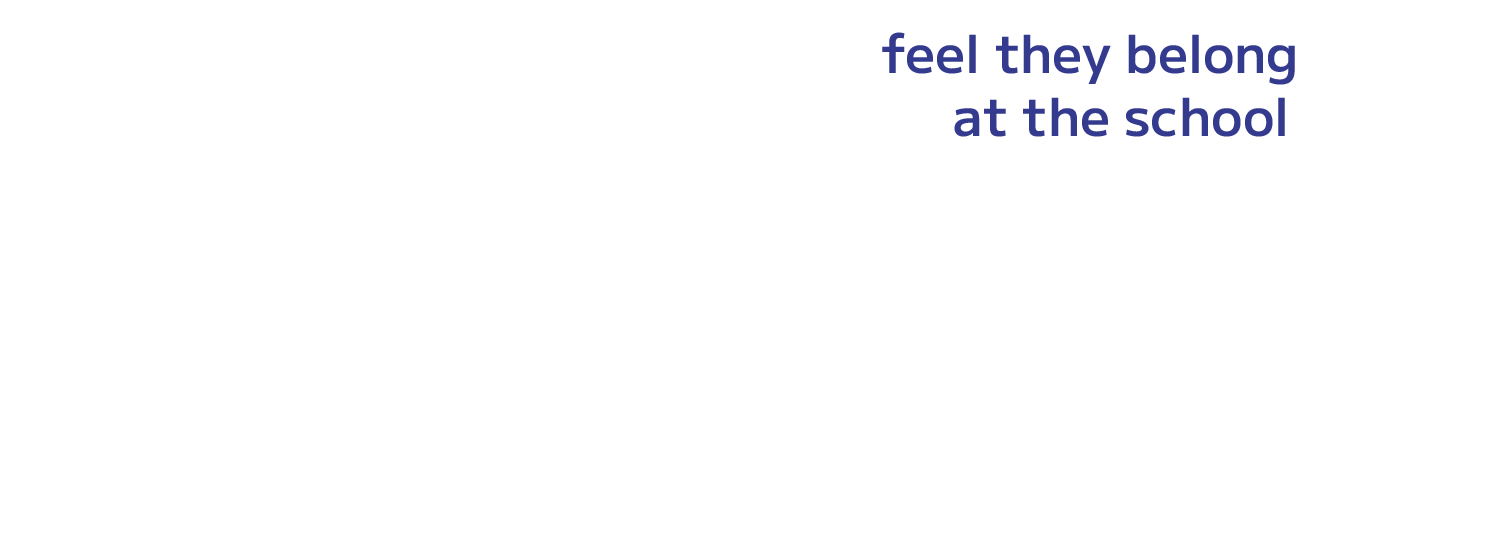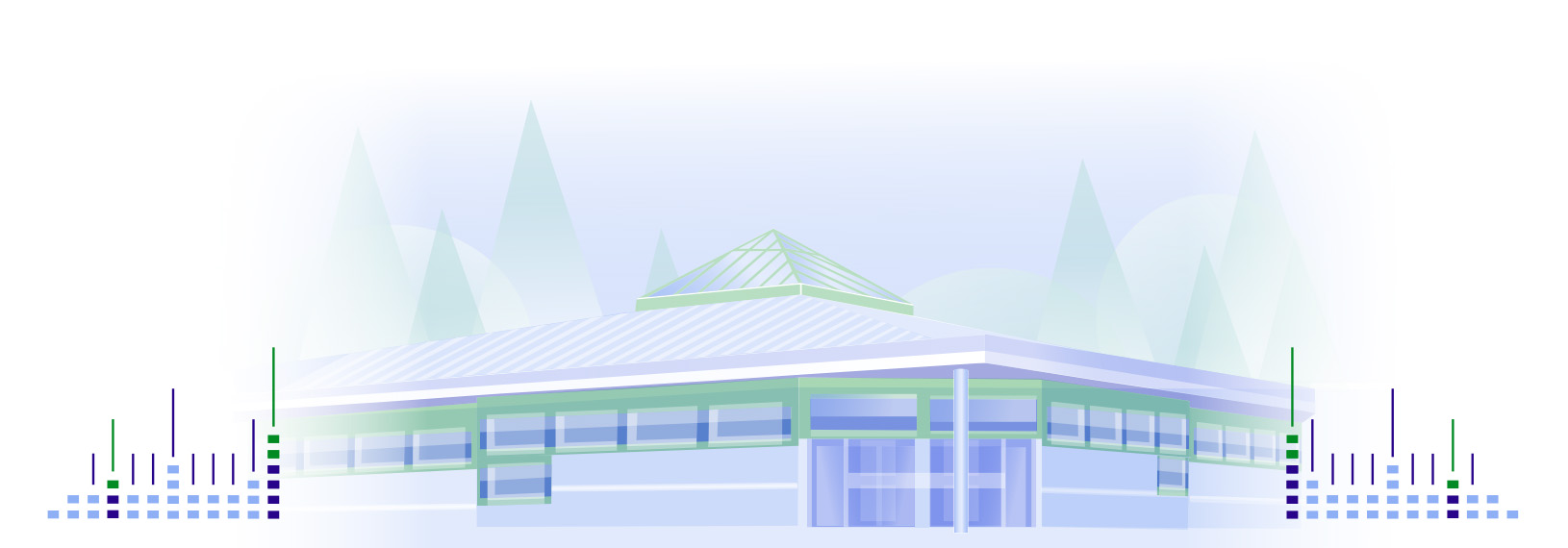School Goal Two
To improve student achievement in reading, writing, listening, and speaking by using a school-wide scope and sequence of literacy concepts and programs.
1. How can we amplify the voice of our vulnerable literacy learners and ensure our instruction honours the diversity of our school population?
2. Using a scope and sequence framework, how can we build a consistent set of skills for our learners across all grades in literacy?
Two key areas of focus, based on what we know about our learners, that will guide our collective work to support all students:
1. Equitable Instruction
- Through student-centered questions while conducting empathy interviews, we learned we must better understand students’ connections to the school and their learning.
2. Scope and Sequence
- We would like to see student growth in key reading strategies; making connections and asking and answering questions to further their understanding of texts, as well as help instill the joy of reading in all students.
This goal and focused inquiry question aligns directly to our district strategic priority in Literacy. Additionally, our intended approaches are deeply connected to First Peoples Principles of Learning.
First Peoples Principles of Learning

The Literacy Goal needs to ensure that:
- Learning is holistic, reflexive, reflective, experiential, and relational (focused on connectedness, on reciprocal relationships, and a sense of place).
- Learning is embedded in memory, history, and story.
Over the course of the year, the following will be our direct areas of focus:
1. Equitable Instruction
- Through explicit teacher instruction, students will build background knowledge, comprehension, and vocabulary;
- Increase access to diverse texts so that all students can see themselves in the books they read at school. This includes lessons taught in the classroom, our school library collection materials, and other printed resources such as posters in our school and classroom novel sets;
- Structured and consistent Early Literacy instruction in classrooms and through our targeted LIT support program, including the use of a consistent phonemic awareness program across primary classrooms; and
- Common language and resource use amongst our staff will allow students to more readily build a consistent foundation of their skills throughout their school experience.
2. Scope and Sequence
- Twice annually, students will participate in a school-wide write. Grade group teachers will then meet to assess learning and plan for the next steps in writing;
- Consistent resource and assessment tools used across classrooms and grades to build scope and sequence for students; and
- Term-by-term assessment of students’ reading skills to monitor growth, and ensure we are building skills to identify and prevent gaps in learning and inform instructional strategies.
Over the 2023-24 year, we will track progress on our initiatives identified in this year’s plan. And, specifically:
- Conducting student-centered empathy interviews twice yearly;
- Tracking cohorts through June DLA results;
- Tracking cohorts summary ELA report card data;
- Term by Term Classroom tracking and monitoring of reading and writing skills; and
- Student Learning Survey - school questions added Fall 2024.
Based on evidence gathered over the year, summary learning will provide key learnings to guide the next steps for the 2024-25 school year and beyond.








